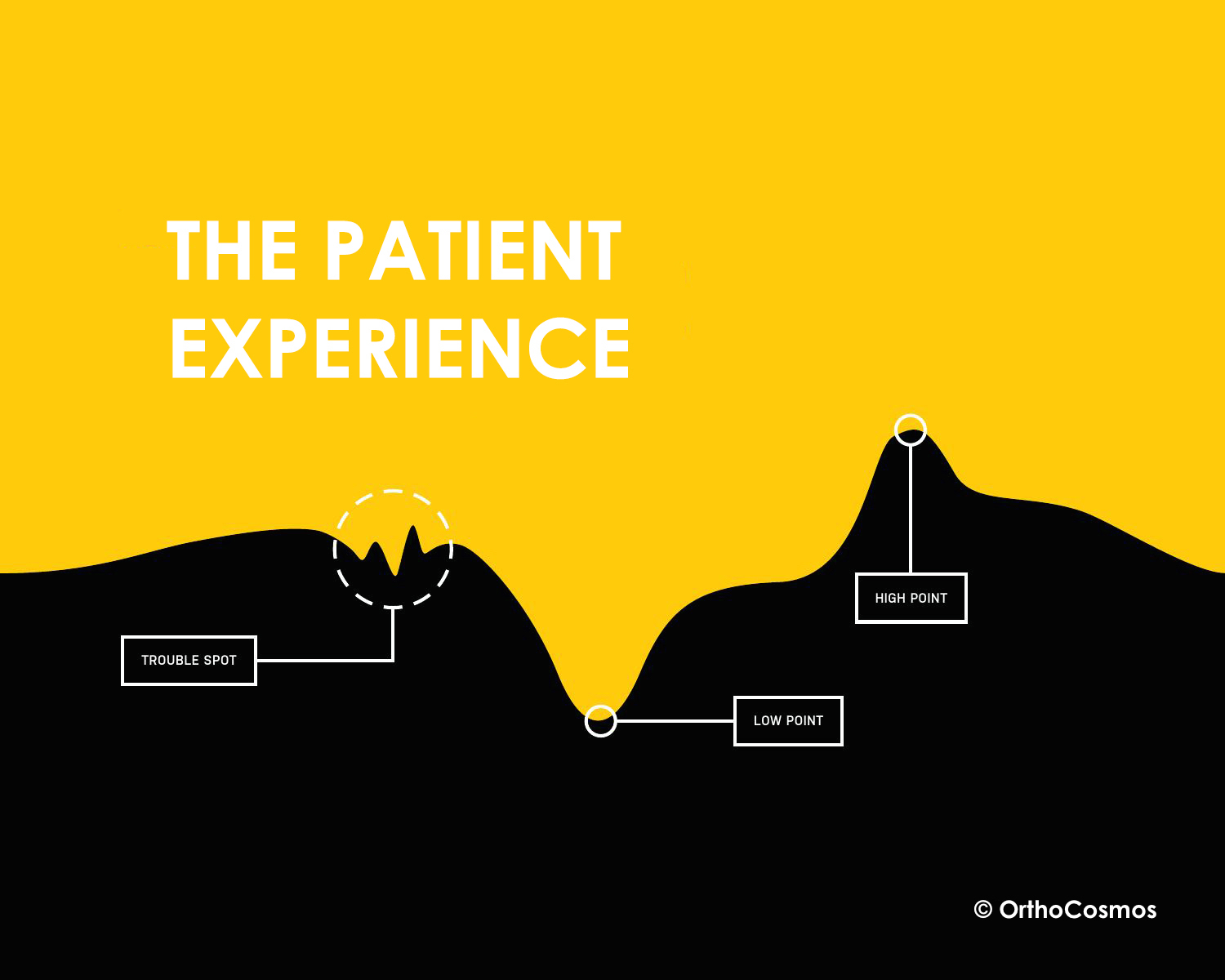 Don’t Assume that You’re Delighting Patients
Don’t Assume that You’re Delighting Patients
Many orthodontists still fail to understand the impact that the patient’s treatment journey has on their practice’s reputation and overall practice health. In part, this is due to the fact that most practice metrics fail to examine the patient journey adequately, and without actionable information numerous assumptions are formed about the patient experience instead.
Here are the most common false assumptions that I see regarding customer experience:
- If someone has accepted treatment, this is evidence that they had an ideal customer experience.
Don’t mistake a patient’s determination to receive care for customer satisfaction. Many patients’ perceptions about their need for treatment will motivate them to soldier their way through a frustrating treatment process to get what they want – but, they are far less likely to share their experience with their friends and their frustrations will dissuade potential patients from seeking treatment. - Sub-optimal patient experiences happen in isolation.
It is rare that a patient will experience a singular sub-optimal event, all too often poor customer experiences happen in multiples. You may be aware of your average wait times, number of repair appointments, occasional patient reports of discomfort, etc. but how many of your patients are being frustrated with all of the above. - The best way to increase patient starts is to drive more new patient exams through external marketing.
Without optimizing the treatment journey for your patients, practice growth becomes a frustrating process that requires a larger marketing budget and more effort to compensate for a less than ideal patient experience. This is not a sensible investment plan, but one that is commonplace. - The patient’s treatment journey happens in a vacuum
While patient’s begin treatment without much perspective, their perceptions about your care will continue to develop over the course of each appointment and, perhaps even more importantly, from experiences during treatment outside of your practice. Throughout the process they are comparing their experience with that of their friends, and they are developing other opinions about orthodontics and the delivery of care in general from what they hear in the news and from advertising. If their treatment experience is significantly out of step with what they see around them, they may have started treatment, but they will not be as big of an advocate for your practice. - I survey my patients and that tells me all I need to know.
Surveys are definitely a critical piece of the jigsaw, but not all patients are as forthcoming with their frustrations for many reasons leaving you with only small sample to shape your decisions. When negative feedback is received, it is often something that a number of patients have experienced and have not taken the time to voice it.
Nobody wants to act on false assumptions, but these are very common misconceptions that are negatively affecting practices and the specialty as a whole. The good news is that all these can be addressed by digging deeper into our patients’ experiences so we can start to assume a little less, and earn a lot more.
Leave a Reply